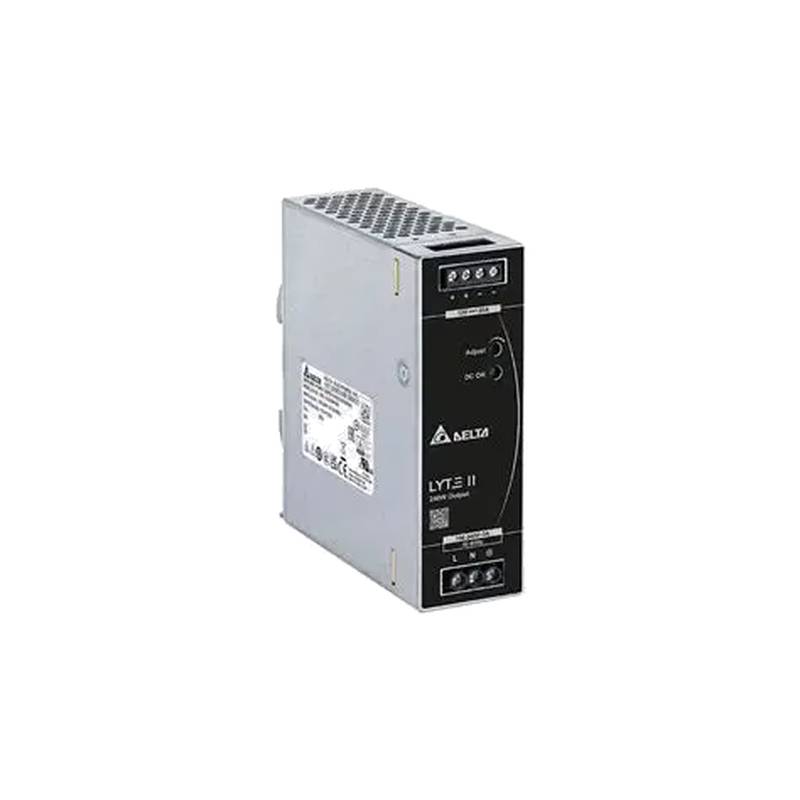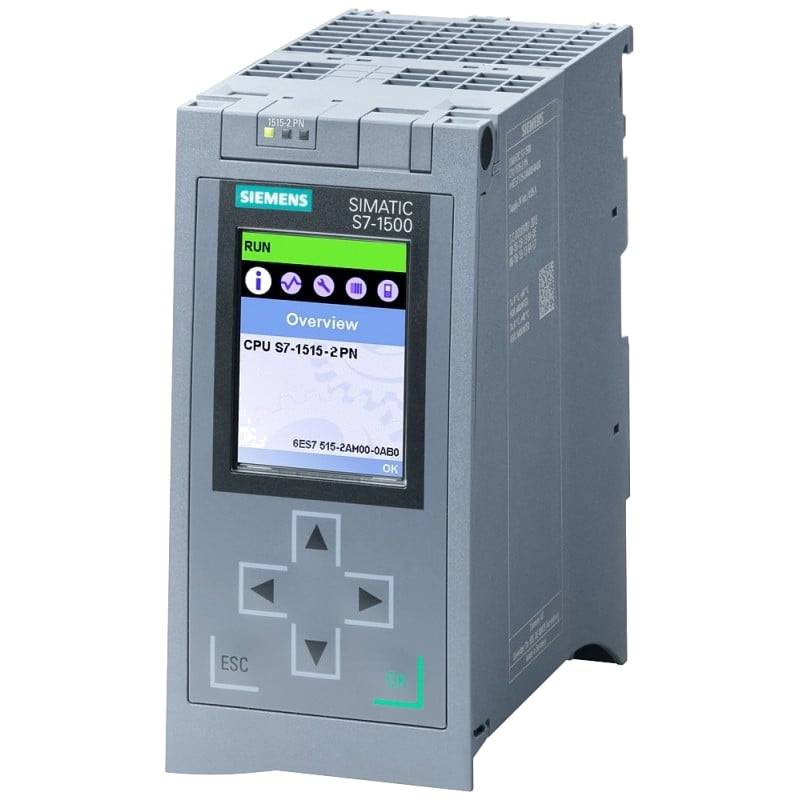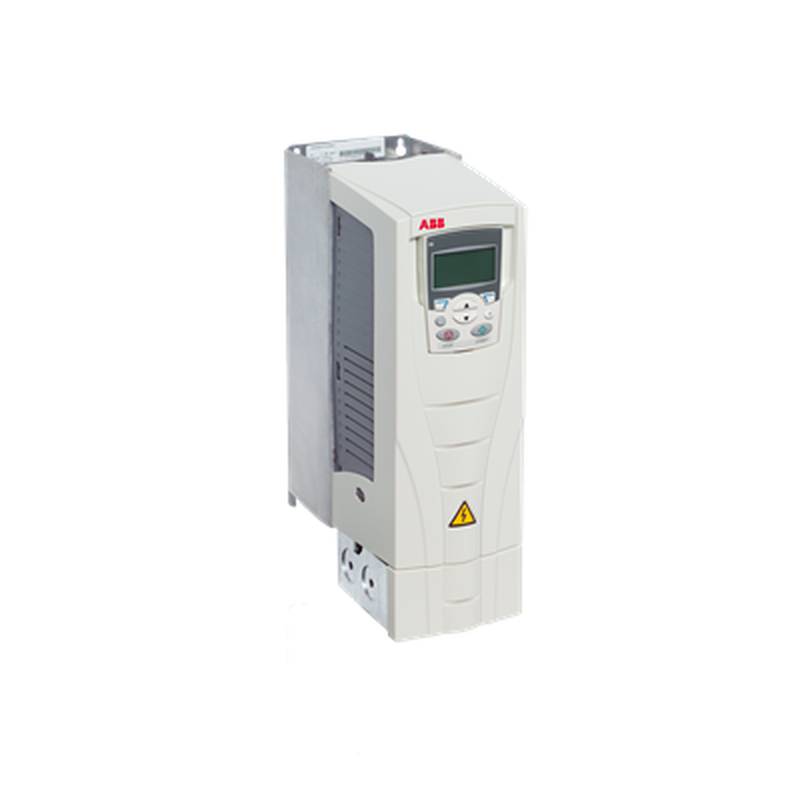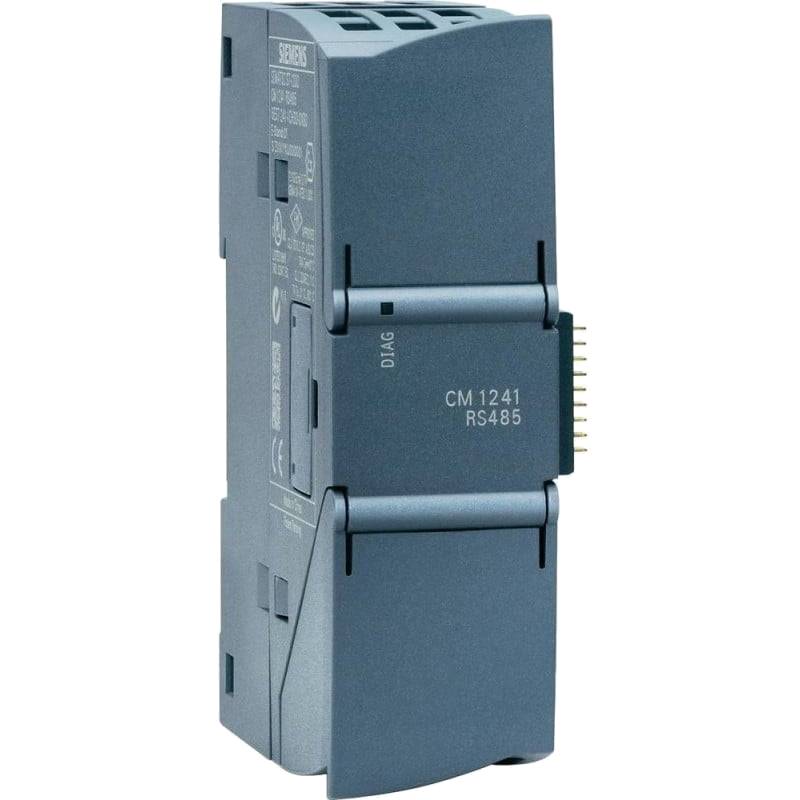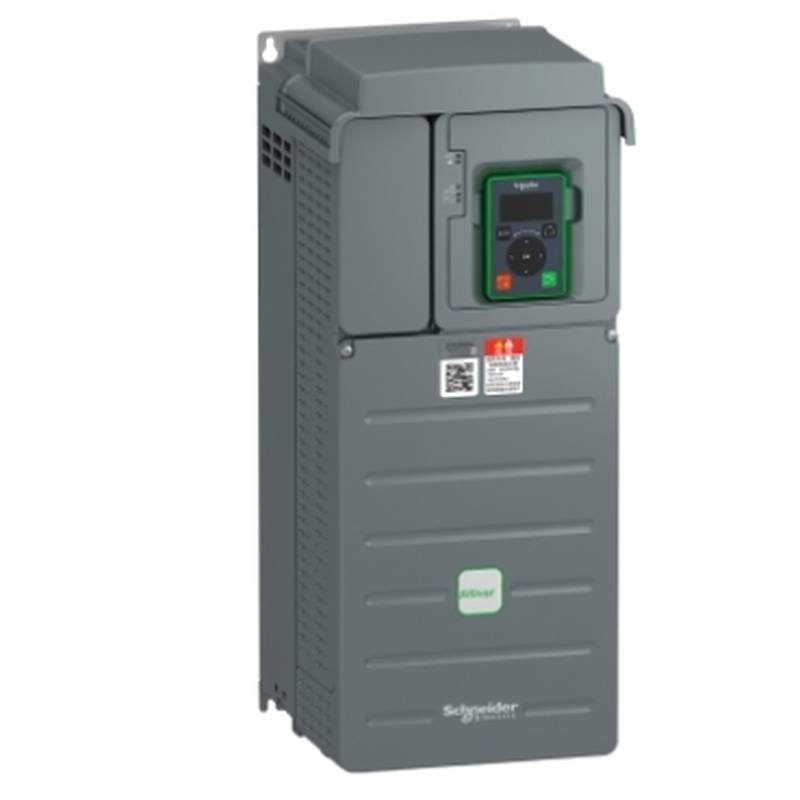
The Siemens 5SU1356-1KK40 is a high-performance 40A, 30mA, 1P+N, Type C industrial earth leakage protection switch designed for robust electrical safety in demanding environments. This Residual Current Device (RCD) offers advanced protection against electric shock and fire hazards caused by earth faults. Its key advantages include swift tripping response times, high breaking capacity, and reliable operation under challenging industrial conditions. Technically, it features a rated voltage of 230/400V, a rated frequency of 50/60Hz, and a tripping current of 30mA, crucial for sensitive fault detection. The C-curve characteristic ensures it can handle inrush currents common in industrial settings without nuisance tripping, making it an ideal choice for protecting machinery and personnel.
Product Specifications
| Parameter | Value |
| :--------------------- | :----------------------------- |
| Product Type | Earth Leakage Protection Switch |
| Manufacturer | Siemens |
| Model Number | 5SU1356-1KK40 |
| Rated Current (In) | 40A |
| Rated Residual Current | 30mA |
| Number of Poles | 1P+N (1 Pole + Neutral) |
| Tripping Curve | Type C |
| Rated Voltage (Un) | 230/400V |
| Rated Frequency | 50/60Hz |
| Breaking Capacity (Icn)| 6kA |
| Protection Type | AC |
| Mounting Type | DIN Rail |
| Terminal Type | Screw Terminal |
Core Features & Market Positioning
The Siemens 5SU1356-1KK40 distinguishes itself through its unwavering reliability and precision in fault detection, a critical factor in industrial safety. Its Type C tripping characteristic is a significant differentiator, providing enhanced immunity to transient overcurrents often encountered with inductive loads like motors and transformers. This minimizes unnecessary disconnections, boosting operational uptime. As a Siemens product, it benefits from the brand's reputation for engineering excellence and rigorous quality control, positioning it as a premium solution for professionals who cannot compromise on safety or performance. Its robust construction ensures longevity even in harsh industrial environments, offering a superior return on investment compared to less durable alternatives.
Key Application Scenarios
This earth leakage protection switch is indispensable across a wide spectrum of industrial applications where electrical safety is paramount. It is ideally suited for protecting motor control circuits, pump systems, and conveyor belt drives, where the C-curve characteristic effectively manages motor start-up surges. In manufacturing facilities, it provides essential protection for production lines, machine tools, and automation equipment, safeguarding both personnel from electric shock and sensitive electronics from damage due to earth faults. Furthermore, it finds critical use in panel building and distribution boards for commercial and industrial complexes, ensuring compliance with stringent electrical safety regulations and providing a reliable defense against electrical hazards.
Practical System Integration Guidance
Integrating the Siemens 5SU1356-1KK40 into existing or new electrical systems is straightforward due to its standard DIN rail mounting and familiar terminal layout. For a typical installation, ensure the main power supply is de-energized. Connect the line conductors to the designated input terminals and the neutral conductor to its corresponding terminal. Load connections are then made to the output terminals, ensuring correct polarity. Proper grounding of the protected equipment to the system's earth conductor is essential for the RCD to function effectively. Wiring should adhere to local electrical codes and standards, with appropriate cable sizing for the 40A rating. The device is designed for direct integration into standard distribution boards and control panels, simplifying the design and installation process.
Operation and Risk Mitigation
The primary function of the Siemens 5SU1356-1KK40 is to continuously monitor the balance of current flowing in the live and neutral conductors. Should an imbalance occur, indicating current is leaking to earth through a fault or person, the switch rapidly disconnects the circuit, typically within milliseconds, significantly reducing the risk of severe electric shock or fire. To mitigate risks, regular testing of the RCD using its built-in test button (typically labeled 'T') is recommended, usually on a monthly basis, to confirm its operational integrity. Avoid overloading circuits beyond the 40A rating, and ensure that all connected equipment is properly earthed. In the event of persistent tripping, a thorough investigation of the circuit and connected loads is necessary to identify and rectify the earth fault.
Scalability & Long-Term Value
The Siemens 5SU1356-1KK40 offers excellent long-term value through its robust design and compatibility with Siemens' broader industrial control and automation ecosystem. While not a "smart" device in the IIoT sense, its reliable performance and adherence to international standards ensure it remains a vital component in electrical safety infrastructure for years. Its integration into standard distribution systems means it can be easily incorporated into expansions or upgrades of existing power distribution units. For facilities looking to enhance their digital monitoring capabilities, the 5SU1356-1KK40 can be part of a system where overall circuit health is monitored by intelligent power meters or system controllers, providing a foundation of fundamental safety that complements advanced digital solutions.
Frequently Asked Questions
What is the primary function of the Siemens 5SU1356-1KK40?
This switch provides essential earth leakage protection against electric shock. It detects imbalances in current flow, indicating a fault. The device rapidly trips to disconnect power, preventing hazards.
It ensures personnel safety by limiting the duration of current flow during an earth fault. This is crucial for preventing serious injury or electrocution in industrial settings. The 30mA sensitivity is a key safety parameter.
The 5SU1356-1KK40's core role is to interrupt circuits when current deviates from its normal path. This proactive protection minimizes risks associated with electrical faults.
How does the Type C curve benefit industrial applications?
The Type C tripping characteristic offers enhanced immunity to inrush currents. This is vital for inductive loads common in industry. It prevents nuisance tripping during motor start-ups.
Industrial machinery often generates transient surges when powered on. The C curve allows these temporary overcurrents to pass without triggering the RCD. This ensures operational continuity.
By tolerating higher peak currents than Type B or K devices, the 5SU1356-1KK40 maintains system stability. It provides protection without unnecessarily interrupting production processes.
What is the maximum breaking capacity of this switch?
The Siemens 5SU1356-1KK40 has a rated breaking capacity of 6kA. This indicates the maximum fault current it can safely interrupt. It is designed to withstand significant short-circuit events.
This breaking capacity ensures the switch can safely clear faults in typical industrial distribution systems. It protects downstream equipment and wiring from damage during high-fault conditions.
A 6kA rating signifies robust protection suitable for many commercial and industrial installations. It is a critical specification for ensuring overall electrical system safety.
Can this RCD be used for DC fault currents?
This specific model, the 5SU1356-1KK40, is designed for AC protection. It is rated for AC residual currents. It will not reliably detect or interrupt pure DC fault currents.
For applications where DC fault currents may occur, an RCD with AC and pulsed DC detection capabilities would be required. Always verify the product's specifications for the types of faults it is designed to detect.
It's crucial to match the RCD type to the potential fault characteristics of the protected circuit. Using the wrong type can lead to a false sense of security.
What voltage levels is the 5SU1356-1KK40 rated for?
The switch is rated for a system voltage of 230/400V. This covers typical single-phase and three-phase industrial power supplies. It is suitable for standard European and similar electrical grids.
This voltage rating ensures the device can safely operate within nominal grid voltages. It is designed to withstand the electrical stresses associated with these levels. Always ensure the installation voltage matches the RCD's rating.
The 400V rating implies suitability for three-phase circuits where phase-to-phase voltage is 400V. It is also appropriate for single-phase circuits with a 230V phase-to-neutral voltage.
What is the significance of the 30mA tripping current?
A 30mA tripping current is considered the threshold for protecting individuals from dangerous electric shock. This level of residual current is typically low enough to prevent serious harm. It provides a high degree of personal protection.
This sensitivity allows the RCD to detect even small leakage currents. Such leaks could indicate an impending hazard or a person in contact with live parts. Prompt tripping minimizes injury.
The 30mA rating is a standard requirement for supplementary protection in many electrical safety regulations worldwide. It is a crucial parameter for enhancing safety in exposed locations.
How do I test the functionality of the Siemens 5SU1356-1KK40?
Most RCDs, including this Siemens model, feature a built-in test button. This button simulates an earth fault condition. Pressing it should cause the switch to trip.
Regular testing, typically monthly, is recommended to ensure the RCD mechanism is functioning correctly. Always ensure the circuit is energized before performing the test. De-energize if you need to reset it after testing.
If the RCD does not trip when the test button is pressed, it indicates a malfunction. The device should be immediately replaced by a qualified electrician to maintain safety.
What is the terminal type and wiring configuration?
This RCD uses screw terminals for electrical connections. This provides a secure and reliable connection for conductors. It is compatible with standard electrical wiring practices.
The configuration is 1 Pole + Neutral (1P+N), meaning it switches both the live and neutral conductors simultaneously. This is essential for complete circuit isolation during a fault. Proper torque should be applied to the screws.
Wiring involves connecting the incoming live and neutral wires to the input side and outgoing protected circuit wires to the output side. Always follow wiring diagrams and local electrical codes for safe installation.
Is this RCD suitable for DIN rail mounting?
Yes, the Siemens 5SU1356-1KK40 is designed for standard DIN rail mounting. This is a common and convenient method for installing devices in electrical enclosures and control panels. It ensures a secure and standardized fit.
Its DIN rail compatibility simplifies installation and maintenance. It can be easily snapped onto or removed from the rail. This allows for quick assembly and modifications of electrical panels.
This mounting method is prevalent in industrial electrical installations, making the 5SU1356-1KK40 a practical choice for integration into existing or new control cabinets.
What is the breaking capacity and why is it important?
The breaking capacity (Icn) of 6kA signifies the maximum fault current the RCD can safely interrupt without being damaged. This is a critical safety feature. It prevents catastrophic failure during a short circuit.
A higher breaking capacity is essential for installations where high fault currents are possible. It ensures the RCD can protect the circuit even under severe fault conditions. This prevents further damage to the electrical system.
Ensuring the RCD's breaking capacity exceeds the prospective short-circuit current at its installation point is vital. This protects the device and the entire electrical installation from severe damage.
















